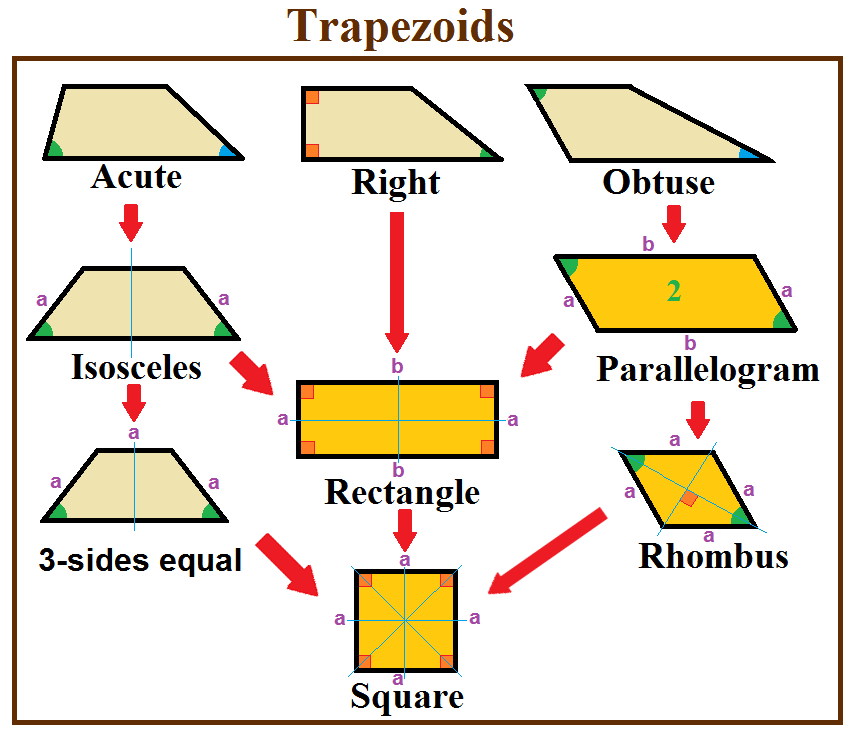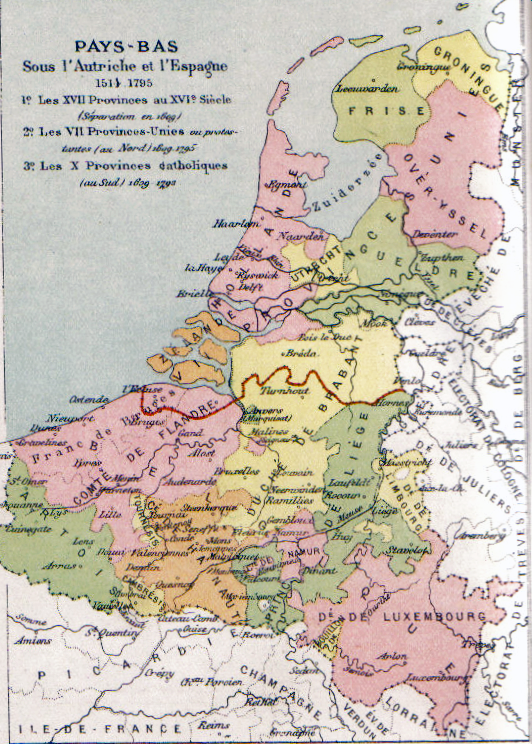|
Abbot Of Vlierbeek
Vlierbeek Abbey () is a former Benedictine abbey to the north-east of Leuven in Belgium, in the sub-district Kessel-Lo. History On the abbey site in 1127 a priory was founded by Affligem Abbey, to whom Godfrey I of Louvain had given the land on the Vlierbeek two years previously. In 1163 or 1165 the priory was elevated to the status of an abbey. The Benedictines cultivated the surrounding land, and played a great role in the spiritual and intellectual development of the area. Over the next few centuries they worked almost constantly on the abbey complex, having often to repair or rebuild what had been destroyed by fire or conflict. In 1170 a stone church in Romanesque style replaced the first church, which was made of clay. In 1572 the abbey was burnt down by the troops of William of Orange. The reconstruction of the abbey was spread over two periods. The first lasted from 1642 to c. 1730. The second, under the direction of Laurent-Benoît Dewez, lasted from 1776 to 1796. ... [...More Info...] [...Related Items...] OR: [Wikipedia] [Google] [Baidu] |
Diest
Diest () is a city and municipality located in the Belgian province of Flemish Brabant. Situated in the northeast of the Hageland region, Diest neighbours the provinces of Antwerp to its North, and Limburg to the East and is situated around 60 km from Brussels. The municipality comprises the city of Diest proper and the towns of Deurne, Kaggevinne, Molenstede, Schaffen and Webbekom. As of January 1, 2006, Diest had a total population of 22,845. The total area is 58.20 km2 which gives a population density of 393 inhabitants per km2. History Between 1499 and 1795 the town was controlled by the House of Nassau (as were Breda in the Netherlands, Dillenburg in Germany and Orange in France) which was also the family of the Princes of Orange who at the end of the Napoleonic Wars became in 1815 the kings and queens of the Netherlands after the termination of the Dutch republic at the hands of revolutionary forces in 1795. The most famous representative of the House o ... [...More Info...] [...Related Items...] OR: [Wikipedia] [Google] [Baidu] |
Jef Van Den Eynde
Jozef Maria August Antoon (Jef) Van den Eynde (21 December 1879 – 12 April 1929) was a prominent figure from Leuven's student life, an activist and member of the Council of Flanders during the First World War. After the war, he fled to the Netherlands, having received a 20-year sentence in absentia for collaboration. He made a valuable contribution as secretary of the linguistic society ''Met Tijd en Vlijt'' and of the Social Speakers Union (Dutch: ''Sociale Sprekersbond''). He became president of the East Flemish student guild and founder-conductor of the student orchestra, in which he played the piano and violin himself. From 1901 to 1908 he was editor-in-chief of '' Ons Leven'' and president of the ''Vlaamsch Verbond''. During his many years as a perpetual student, he managed to leave a mark on student traditions and student life. His main goal was to bring the students to a higher cultural level. Many prominent Flemish leaders were invited by him to address the students, su ... [...More Info...] [...Related Items...] OR: [Wikipedia] [Google] [Baidu] |
Emiel Vliebergh
Emiel is a Dutch cognate of the masculine given name '' Emil''. People with the name include: *Emiel Boersma (born 1980), Dutch beach volleyball player *Emiel Christensen (1895–1988), American architect from Nebraska * (1909–1995), Belgian Bishop of Bruges *Emiel Faignaert (1919–1980), Belgian cyclist *Emiel van Lennep (1915–1996), Dutch diplomat and Minister of State *Emiel Mellaard (born 1966), Dutch long jumper *Emiel Pauwels (1918–2014), Belgian track and field athlete *Emiel Pijnaker Dutch film producer, composer and singer *Emiel Puttemans (born 1947), Belgian middle- and long-distance runner *Emiel Rogiers (1923–1998), Belgian racing cyclist *Emiel Van Cauter Emiel Van Cauter (2 December 1931 – 26 October 1975) was a Belgian racing cyclist Cycle sport is competitive physical activity using bicycles. There are several categories of bicycle racing including road bicycle racing, cyclo-cro ... (1931–1975), Belgian racing cyclist * Emiel van Heurck ... [...More Info...] [...Related Items...] OR: [Wikipedia] [Google] [Baidu] |
Paul Alberdingk Thijm
Paul may refer to: People * Paul (given name), a given name, including a list of people * Paul (surname), a list of people * Paul the Apostle, an apostle who wrote many of the books of the New Testament * Ray Hildebrand, half of the singing duo Paul & Paula * Paul Stookey, one-third of the folk music trio Peter, Paul and Mary * Billy Paul, stage name of American soul singer Paul Williams (1934–2016) * Vinnie Paul, drummer for American Metal band Pantera * Paul Avril, pseudonym of Édouard-Henri Avril (1849–1928), French painter and commercial artist * Paul, pen name under which Walter Scott wrote ''Paul's letters to his Kinsfolk'' in 1816 * Jean Paul, pen name of Johann Paul Friedrich Richter (1763–1825), German Romantic writer Places *Paul, Cornwall, a village in the civil parish of Penzance, United Kingdom *Paul (civil parish), Cornwall, United Kingdom *Paul, Alabama, United States, an unincorporated community *Paul, Idaho, United States, a city *Paul, Nebraska, United Sta ... [...More Info...] [...Related Items...] OR: [Wikipedia] [Google] [Baidu] |
Choir (architecture)
A choir, also sometimes called quire, is the area of a church or cathedral that provides seating for the clergy and church choir. It is in the western part of the chancel, between the nave and the sanctuary, which houses the altar and Church tabernacle. In larger medieval churches it contained choir-stalls, seating aligned with the side of the church, so at right-angles to the seating for the congregation in the nave. Smaller medieval churches may not have a choir in the architectural sense at all, and they are often lacking in churches built by all denominations after the Protestant Reformation, though the Gothic Revival revived them as a distinct feature. As an architectural term "choir" remains distinct from the actual location of any singing choir – these may be located in various places, and often sing from a choir-loft, often over the door at the liturgical western end. In modern churches, the choir may be located centrally behind the altar, or the pulpit. The place w ... [...More Info...] [...Related Items...] OR: [Wikipedia] [Google] [Baidu] |
Trapezoid
In geometry, a trapezoid () in North American English, or trapezium () in British English, is a quadrilateral that has at least one pair of parallel sides. The parallel sides are called the ''bases'' of the trapezoid. The other two sides are called the ''legs'' or ''lateral sides''. (If the trapezoid is a parallelogram, then the choice of bases and legs is arbitrary.) A trapezoid is usually considered to be a convex quadrilateral in Euclidean geometry, but there are also crossed cases. If ''ABCD'' is a convex trapezoid, then ''ABDC'' is a crossed trapezoid. The metric formulas in this article apply in convex trapezoids. Definitions ''Trapezoid'' can be defined exclusively or inclusively. Under an exclusive definition a trapezoid is a quadrilateral having pair of parallel sides, with the other pair of opposite sides non-parallel. Parallelograms including rhombi, rectangles, and squares are then not considered to be trapezoids. Under an inclusive definition, a trapezoid is ... [...More Info...] [...Related Items...] OR: [Wikipedia] [Google] [Baidu] |
Cupola
In architecture, a cupola () is a relatively small, usually dome-like structure on top of a building often crowning a larger roof or dome. Cupolas often serve as a roof lantern to admit light and air or as a lookout. The word derives, via Italian language, Italian, from lower Latin ''cupula'' (classical Latin ''cupella''), (Latin ''cupa''), indicating a vault resembling an upside-down cup. The cylindrical drum underneath a larger cupola is called a tholobate. Background The cupola evolved during the Renaissance from the older Oculus (architecture), oculus. Being weatherproof, the cupola was better suited to the wetter climates of northern Europe. The chhatri, seen in Architecture of India, Indian architecture, fits the definition of a cupola when it is used atop a larger structure. Cupolas often serve as a Bell tower, belfry, Belvedere (structure), belvedere, or roof lantern above a main roof. In other cases they may crown a spire, tower, or Turret (architecture), turret. B ... [...More Info...] [...Related Items...] OR: [Wikipedia] [Google] [Baidu] |
Neoclassical Architecture
Neoclassical architecture, sometimes referred to as Classical Revival architecture, is an architectural style produced by the Neoclassicism, Neoclassical movement that began in the mid-18th century in Italy, France and Germany. It became one of the most prominent architectural styles in the Western world. The prevailing styles of architecture in most of Europe for the previous two centuries, Renaissance architecture and Baroque architecture, already represented partial revivals of the Classical architecture of Roman architecture, ancient Rome and ancient Greek architecture, but the Neoclassical movement aimed to strip away the excesses of Late Baroque and return to a purer, more complete, and more authentic classical style, adapted to modern purposes. The development of archaeology and published accurate records of surviving classical buildings was crucial in the emergence of Neoclassical architecture. In many countries, there was an initial wave essentially drawing on Roman archi ... [...More Info...] [...Related Items...] OR: [Wikipedia] [Google] [Baidu] |
Province Of Brabant
The Province of Brabant (, ; ) was a province in Belgium from 1830 to 1995. It was created in 1815 as South Brabant, part of the United Kingdom of the Netherlands. In 1995, it was split into the Dutch-speaking Flemish Brabant, the French-speaking Walloon Brabant and the bilingual Brussels-Capital Region. History United Kingdom of the Netherlands After the defeat of Napoleon in 1815, the United Kingdom of the Netherlands was created at the Congress of Vienna, consisting of territories which had been added to France by Napoleon: the former Dutch Republic and the Southern Netherlands. In the newly created kingdom, the former French département of Dyle became the new province of South Brabant, distinguishing it from Central Brabant (later Antwerp province); and from North Brabant (now part of the Netherlands), all named after the former Duchy of Brabant. The provincial governors during this time were: * 1815–1818: François Joseph Charles Marie de Mercy-Argenteau * 1818– ... [...More Info...] [...Related Items...] OR: [Wikipedia] [Google] [Baidu] |
World War II
World War II or the Second World War (1 September 1939 – 2 September 1945) was a World war, global conflict between two coalitions: the Allies of World War II, Allies and the Axis powers. World War II by country, Nearly all of the world's countries participated, with many nations mobilising all resources in pursuit of total war. Tanks in World War II, Tanks and Air warfare of World War II, aircraft played major roles, enabling the strategic bombing of cities and delivery of the Atomic bombings of Hiroshima and Nagasaki, first and only nuclear weapons ever used in war. World War II is the List of wars by death toll, deadliest conflict in history, causing World War II casualties, the death of 70 to 85 million people, more than half of whom were civilians. Millions died in genocides, including the Holocaust, and by massacres, starvation, and disease. After the Allied victory, Allied-occupied Germany, Germany, Allied-occupied Austria, Austria, Occupation of Japan, Japan, a ... [...More Info...] [...Related Items...] OR: [Wikipedia] [Google] [Baidu] |






